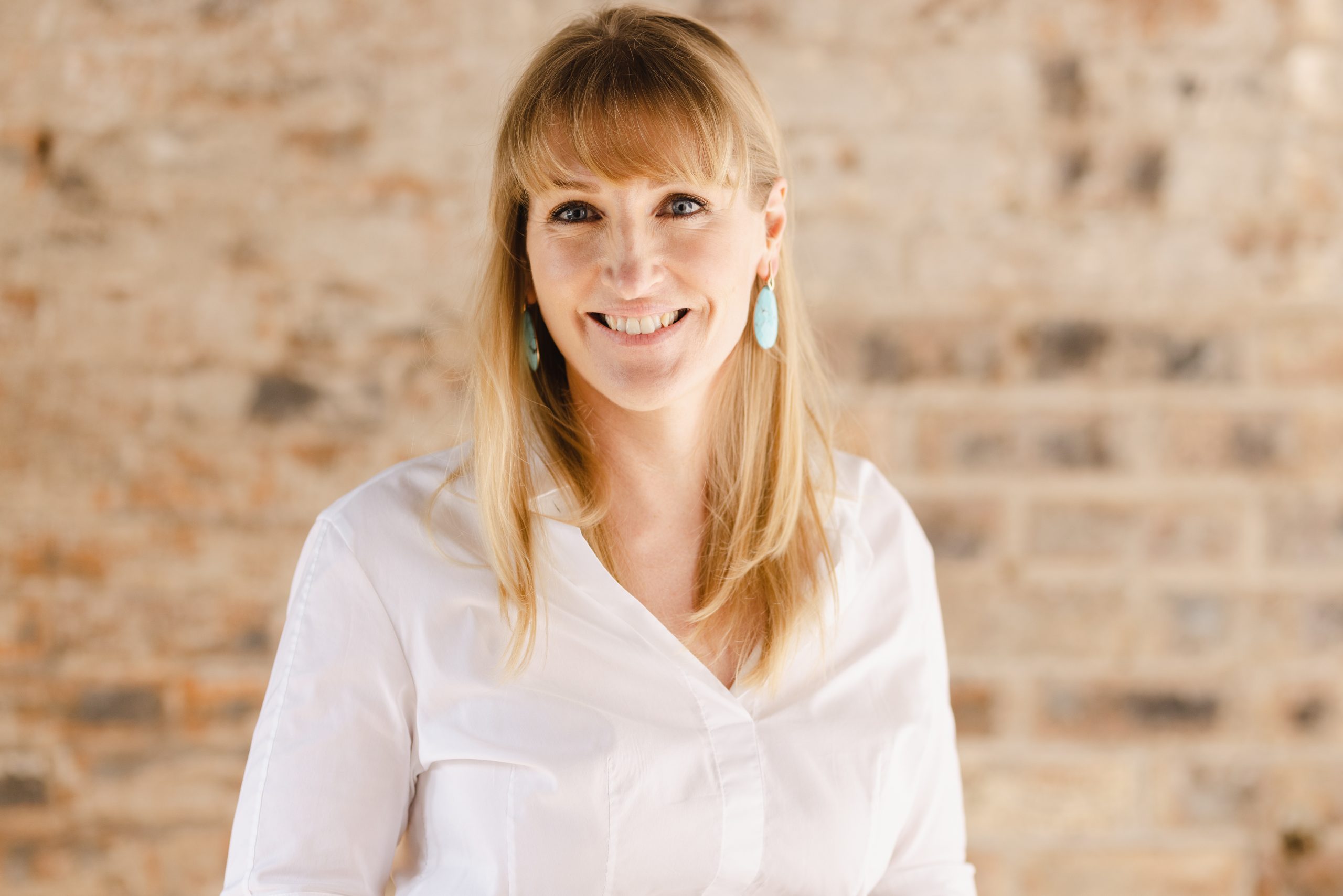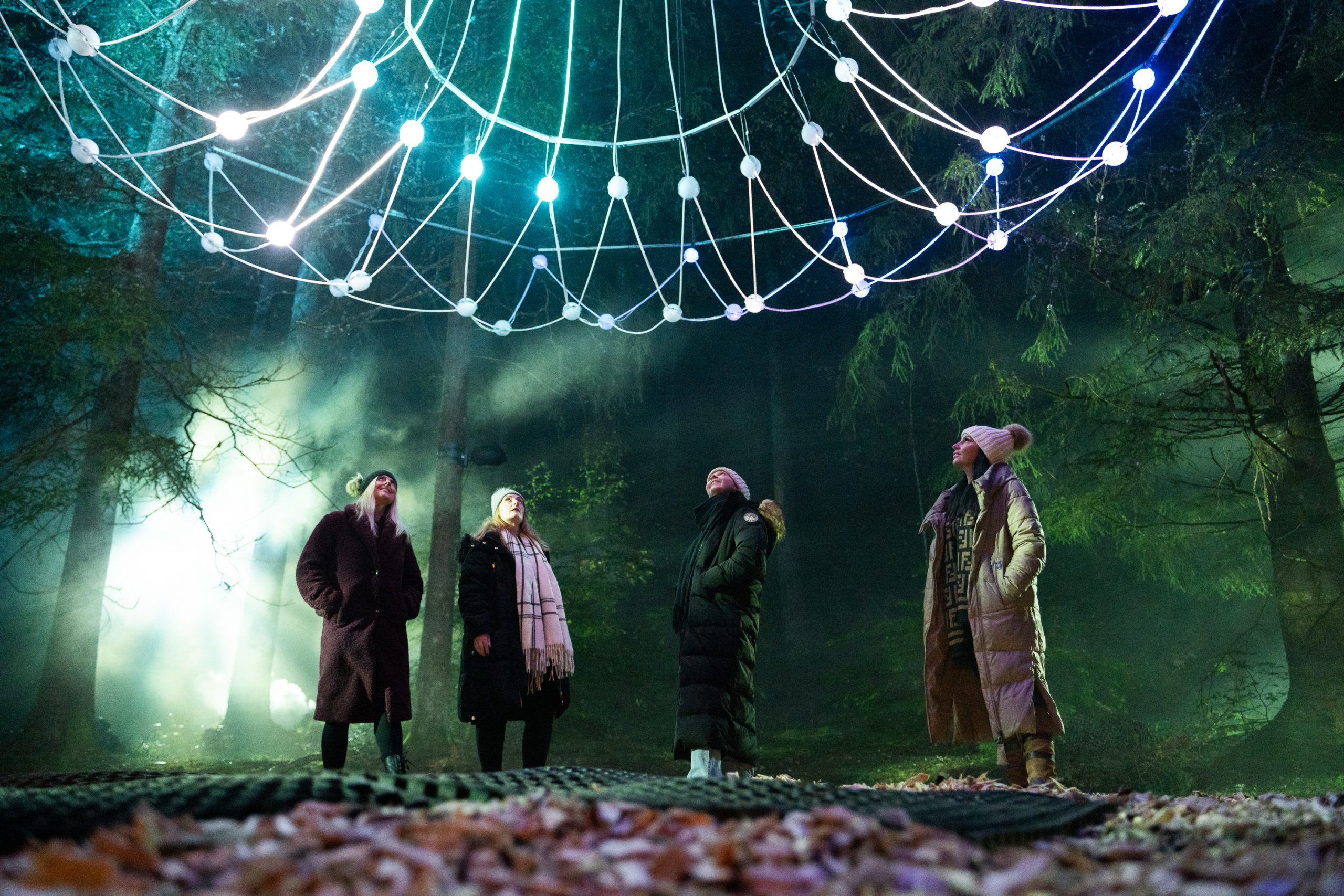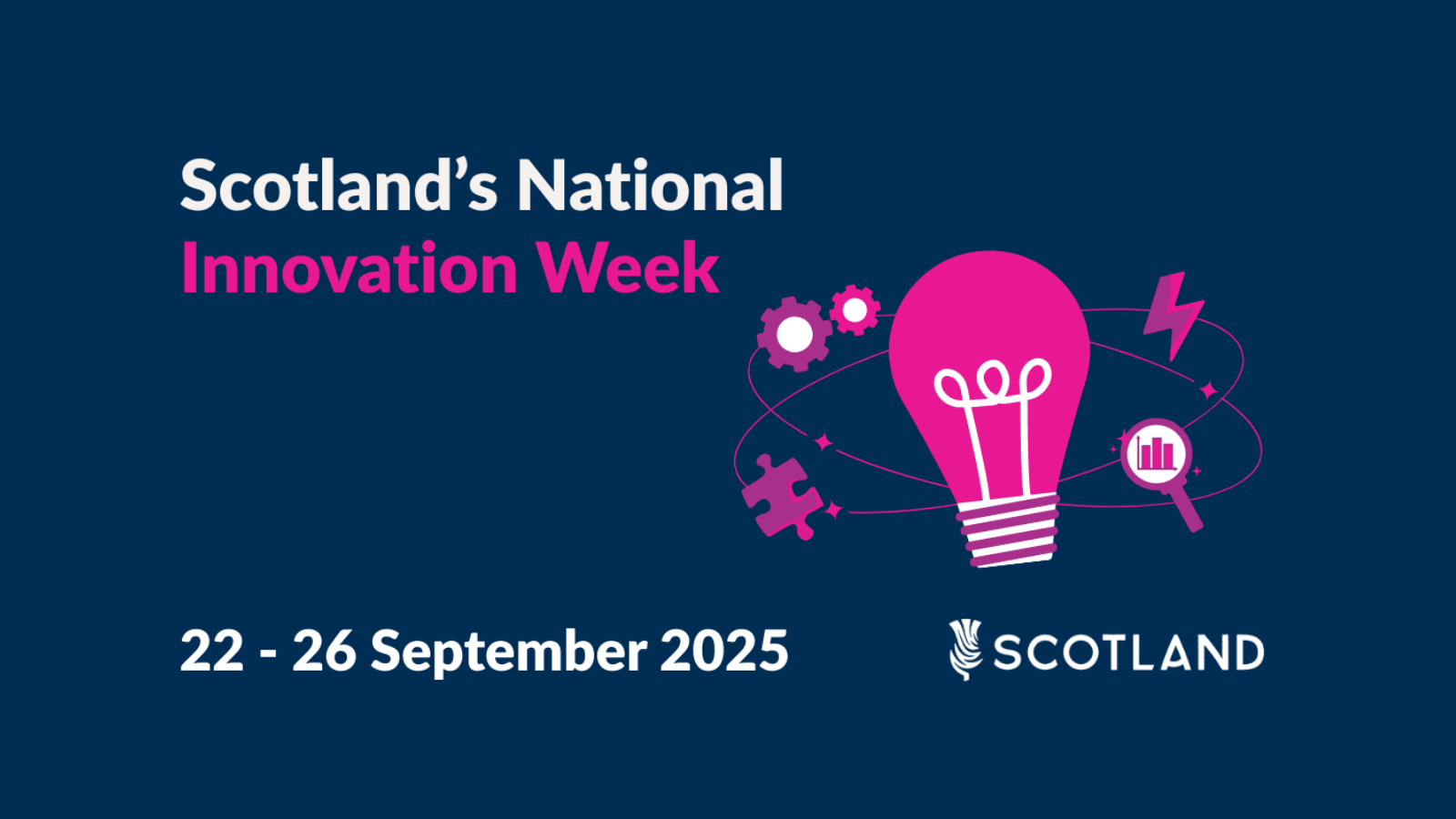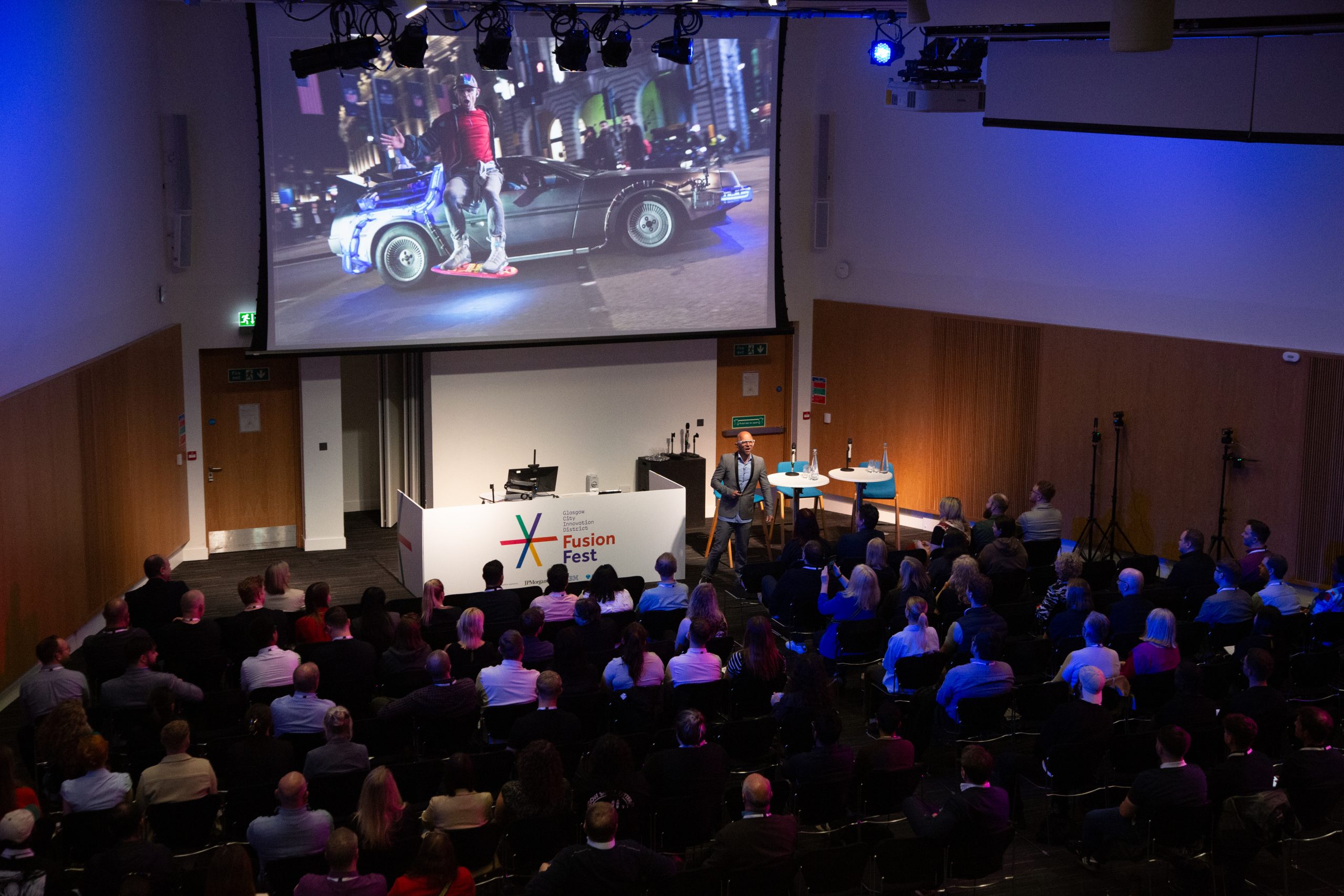Blog
AR and VR - an attractive proposition
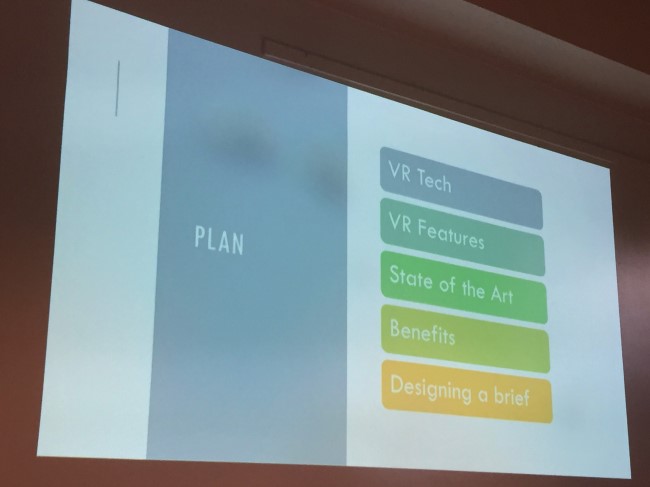
Interface and The Association of Scottish Visitor Attractions (ASVA) teamed up for their second collaborative event for the tourism sector at Glasgow’s St. Mungo Museum on Tuesday 1 October 2019, attended by over 60 delegates. The morning session on Immersive Experiences, AR and VR offered insights into the uses, impacts and considerations of these technologies from leading expert speakers across academia and industry.
Kicking off, Professor Murray Pittock of the University of Glasgow shared insights into user experiences and demographics at Scottish visitor attractions from his team’s research in the Scottish Heritage Partnership. Delegates were then taken on a fascinating journey by Alastair Miller of Soluis, through a range of immersive experiences via AR and VR, including a multi-media reality portal for Tottenham Hotspur F.C and Bronze Age discoveries at the British Museum. A look into the future at shared VR experiences and the advent of 5G—the next generation of wireless networks—open up exciting opportunities for attractions.
Creative ways to engage visitors of all ages through VR and 360- degree video continued with Dr Tom Flint of Edinburgh Napier University – his work with Jupiter Artland and Dovecot Studios highlighted the importance of experimentation and risk-taking, with “happy accidents often the most amazing outputs”.
For those starting out on the journey of considering investing in immersive technologies, Dr Neil McDonnell of the University of Glasgow offered sound advice for writing a VR Brief, in an enlightening and entertaining session, arguing that VR allows us to go where we can’t, do what we can’t, control what we can’t – or do what we already can, but just better, quicker and cheaper!
The morning concluded with a fascinating talk from Professor Maria Economou of the Hunterian Museum and the University of Glasgow, who reminded us just how emotionally resonating digital cultural storytelling can be, with the right interpretation and user-centred planning. Visitors can make strong emotional connections with places, people and objects experienced through digital cultural heritage; VR and immersive experiences are a powerful way to deliver these. Delegates were offered a window into the world of EMOTIVE: A Virtual Antonine Wall Project for the Hunterian Museum, where visitors are engaged through interactive storytelling and universal themes, of love, loss, family and work. Stories were brought to life through characters such as Ebutius, a soldier with the Roman Army at the Antonine Wall; who asked us, in his own words, through VR and video, to “make him live again”. We were also able to get hands on with technology, thanks to the teams at Soluis, Edinburgh Napier University and the Hunterian Museum/University of Glasgow.
The afternoon session continued on the theme of engaging visitors, this time with a focus on people and skills. The Exceeding Visitor Expectations (EVE) learning programme, led by Gordon Morrison, CEO of ASVA, reminded us that while technology is important, it’s the people in our attractions who can make a real difference in helping to create unique, personal, memorable visitor experiences. In a practical business case study, Hayley Shields of Historic Environment Scotland shared the challenges of implementing the EVE programme across multiple sites in Scotland, for a wide range of staff.
The key take-aways from the afternoon session? Learn from others, share best practice and create networks: the perfect way to sum up our event objectives; challenging our thinking and leaving us with plenty of food for thought to help visitors build lasting memories of the future.
Download the speaker presentations and resources below. Find out more about the EMOTIVE project.
Interested in accessing academic support? Please contact us.
